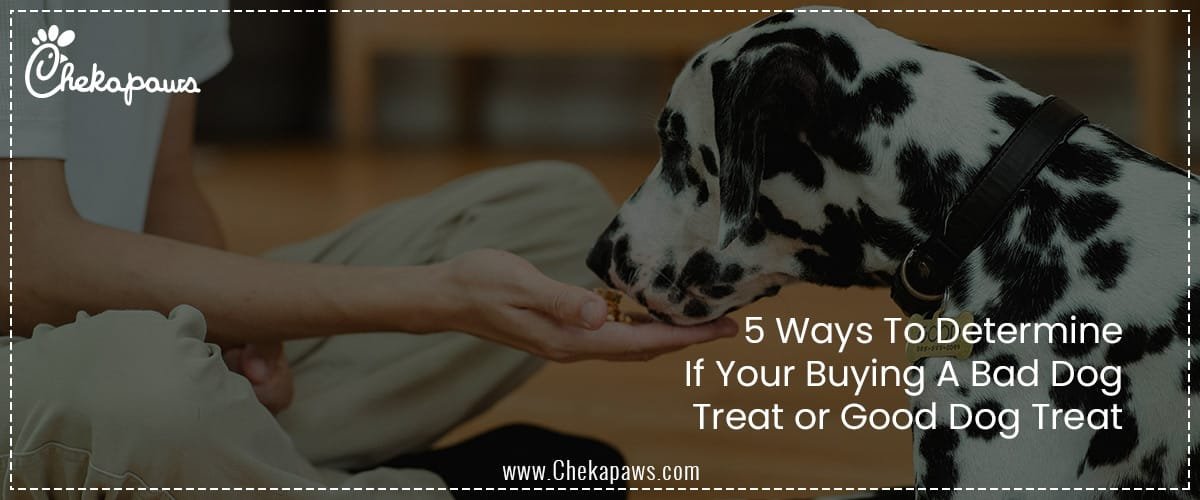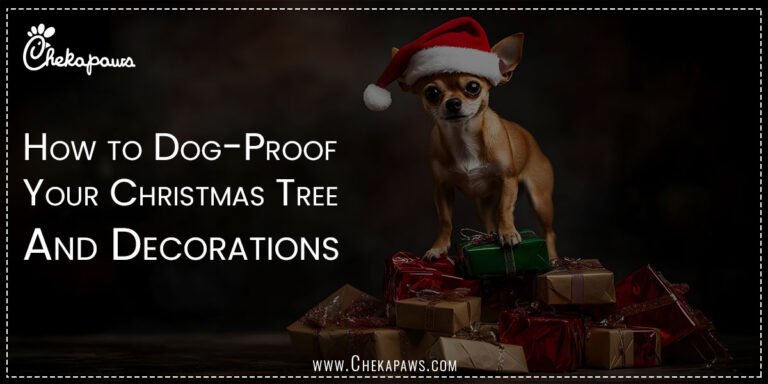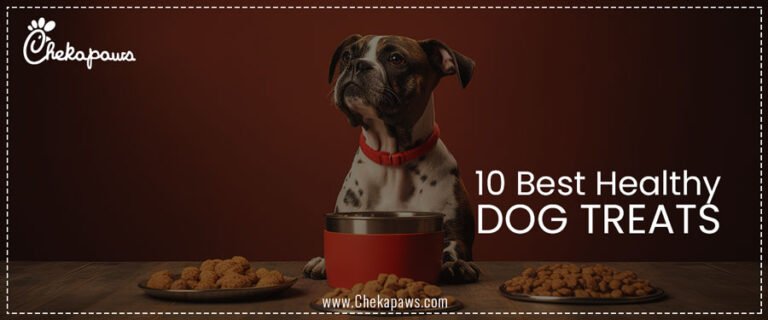As a pet parent, I am aware of Nothing makes us, the pet parents, happier than watching our dog’s eyes light up when they get a delicious treat. Treats are effective methods for connecting, training and rewarding positive behaviour. They can also be used to give extra nutrients or dental advantages to our dog’s diet.
The hitch is that not all dog treats are made equally. Some contain a lot of sugar, chemical preservatives, or inferior fillers that might cause long-term harm to your dog. Others are truly safe for everyday usage, made with healthy components, and intended to enhance health.
As a responsible dog owner, how do you know whether the treats you’re buying are “good” or “bad”? In order to make their products appear healthier than they actually are, pet businesses frequently employ beautiful packaging and smart marketing techniques. This emphasizes how crucial it is for dog owners to understand the difference between what is good and what could be bad.
We’ll go into great detail about the 5 key ways you can determine whether your dog treat is good or bad, along with real-world examples, professional opinions, and advice from pet nutritionists and veterinarians. The next time you face the big treat area at the pet store or browse through countless alternatives online, you’ll feel more assured.
Table of Contents

Check the Ingredient List
Reading the ingredient list is the first—and possibly most crucial—way to determine if a dog treat is good or not. Dog treat labels provide valuable information about the quality of the food you’re giving your pet, much like human food labels do.
- Look for Complete, Identifiable Ingredients
- Whole-food ingredients used in good dog treats typically include:
- Vegetables (sweet potatoes, peas, and carrots)
- Fruits (bananas, apples, and blueberries)
- Whole grains (barley, oats, and brown rice)
You may tell a product is of high quality if the first few ingredients are identifiable whole foods.
On the other hand, bad dog treats could begin with
- Soy, corn, or wheat as the primary filler
- Artificial flavors or colors
- Too much sugar (such as molasses, corn syrup, or caramel coloring)
Spot the Red Flags
Avoid treats with
- Ethoxyquin, BHA, and BHT are synthetic preservatives that have been connected to health problems.
- Artificial colours: Treat colour is only for people; dogs don’t care about it.
- High salt content: May cause renal stress or dehydration.
- Too much sugar: Causes diabetes, obesity, and dental issues.
Knowing what “meal” and “by-products” are
Not every “meal” is harmful. For example, if it comes from a trustworthy vendor, without identifying the animal source; this frequently results in subpar leftovers that are unsafe for ingestion.
Consider the Nutritional Value
A quality dog treat should benefit your dog’s health in addition to tasting delicious. You should refrain from giving your dog overly rich food, just as you wouldn’t give your child candy every day.
Protein Is Important
- Protein is a must for dogs. Healthy treats typically have a high-quality protein source listed as the primary ingredient. To view the percentage of fibre, fat, and protein, look at the Guaranteed Analysis panel.
- Good treat: low sugar, moderate fat, and 25–35% protein
- Bad treat: heavy in fat, high in sugar, and low in protein
Calories Count
One of the main reasons of pet obesity is overfeeding treats. Healthy dog treats are high in nutrients but low in calories. Look for calorie information on the label, and keep in mind the “10% rule”: treats should make up no more than 10% of your dog’s daily calories.
Functional Benefits
Some good treats have extra health benefits, like
- For a glossy coat, use omega-3 fatty acids.
- Digestive probiotics
- Glucosamine for healthy joints
- Dental chews to keep teeth cleaner
- Conversely, bad foods have no advantages beyond flavor.
Pay Attention to the Source and Brand Reputation
The origin of your dog’s treats is equally as significant as their composition.
Country of Origin
The safety regulations for treats manufactured in the USA, Canada, Western Europe, or Australia are typically stricter. There may be hazards associated with sweets from less regulated nations (for instance, tainted jerky treats from abroad have previously led to recalls).
Transparency of the Brand
A good pet food manufacturer will
- State where the ingredients are sourced.
- Provide comprehensive nutritional data.
- Discuss manufacturing standards openly.
Uncertain marketing terms like “all-natural” may be used by a poor corporation without supporting evidence.
Recalls and Reputation
Look up the brand on the internet. Check for recall history, veterinary advice, and customer reviews. Frequent recalls in the past may be cause for concern.
Analyze the Texture and Shelf Life
You can determine a treat’s quality by looking at its looks and how long it lasts.
Natural vs. Processed Look
- Good sweets tend to look like their main ingredient—dehydrated sweet potatoes appear like vegetable pieces, while jerky looks like meat.
- Overly colored, homogeneous, or “perfect” sweets can be signs of artificial processing.
Preservatives and Shelf Life
- Because they contain natural preservatives like vitamin E or rosemary extract, good snacks have a shorter shelf life.
- Bad treats: Because of artificial preservatives like BHA and BHT, they have an incredibly lengthy shelf life.
Texture Considerations
- Older dogs may find crunchy treats too tough, although they are good for cleaning teeth.
- Although they are great for training, soft treats might go bad more quickly.
- Since rawhide treats can clog the digestive tract, many veterinarians advise against using them, which makes them controversial.
Listen to Your Dog (and Your Vet)
Lastly, observing your dog’s response and speaking with your veterinarian are two of the greatest ways to determine whether a treat is good or terrible.
Be Aware About Side Effects
Negative treats may result in
- Either vomiting or diarrhoea
- Too much thirst
- Allergies or skin irritations
- Laziness
Stop right away and consult your veterinarian if you observe these symptoms after administering a new treat.
Positive Indicators
Good treats ought to
- Your dog will welcome you with open arms.
- Not result in stomach problems
- Encourage a healthy weight and lustrous coat.
- Be simple to include in your exercise regimen.
Professional Guidance
Your veterinarian is aware of your dog’s unique food requirements, breed inclinations, and health requirements. Before giving your dog a new treat, always consult them, particularly if they have obesity, allergies, or long-term medical issues.
Conclusion
With all the marketing language, it might be difficult to decide between a good and a bad dog treat. However, the process becomes much simpler when you divide it into five distinct steps: examining components, assessing nutritional value, investigating brand reputation, taking texture and shelf life into consideration, and watching your dog’s reaction.
An excellent dog treat is
- Made with natural, entire ingredients
- Balanced in terms of nutrition and not overly high in calories
- Manufactured by a trustworthy, open company
- A decent shelf life and natural preservation
- Your dog will love it with no harmful side effects.
A bad dog treat is
- Packed with artificial fillers, byproducts, and additions
- Low in protein and high in fat and sugar
- Produced by a business with inadequate safety standards or unclear sourcing
- Overly lengthy shelf life and excessive processing
- Resulting in your dog’s health problems or lack of interest
You want the best for your precious family member as a dog parent. You can make sure every gift you serve is not only tasty but also safe and healthy by remaining knowledgeable and aware.







